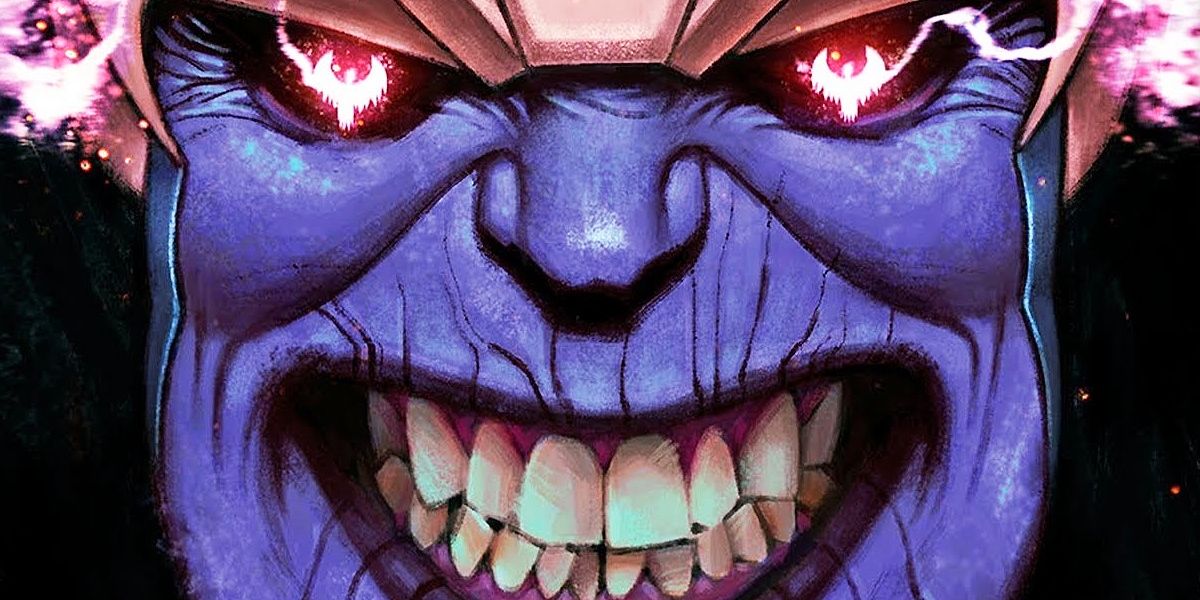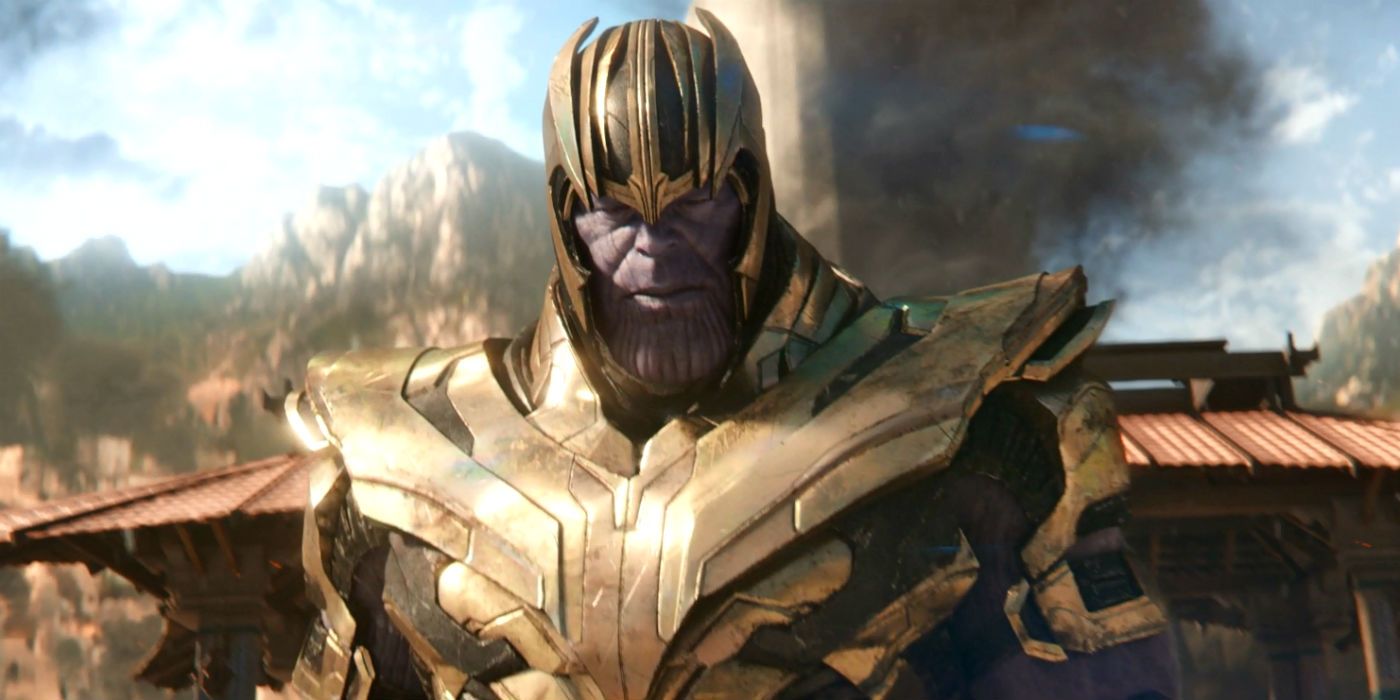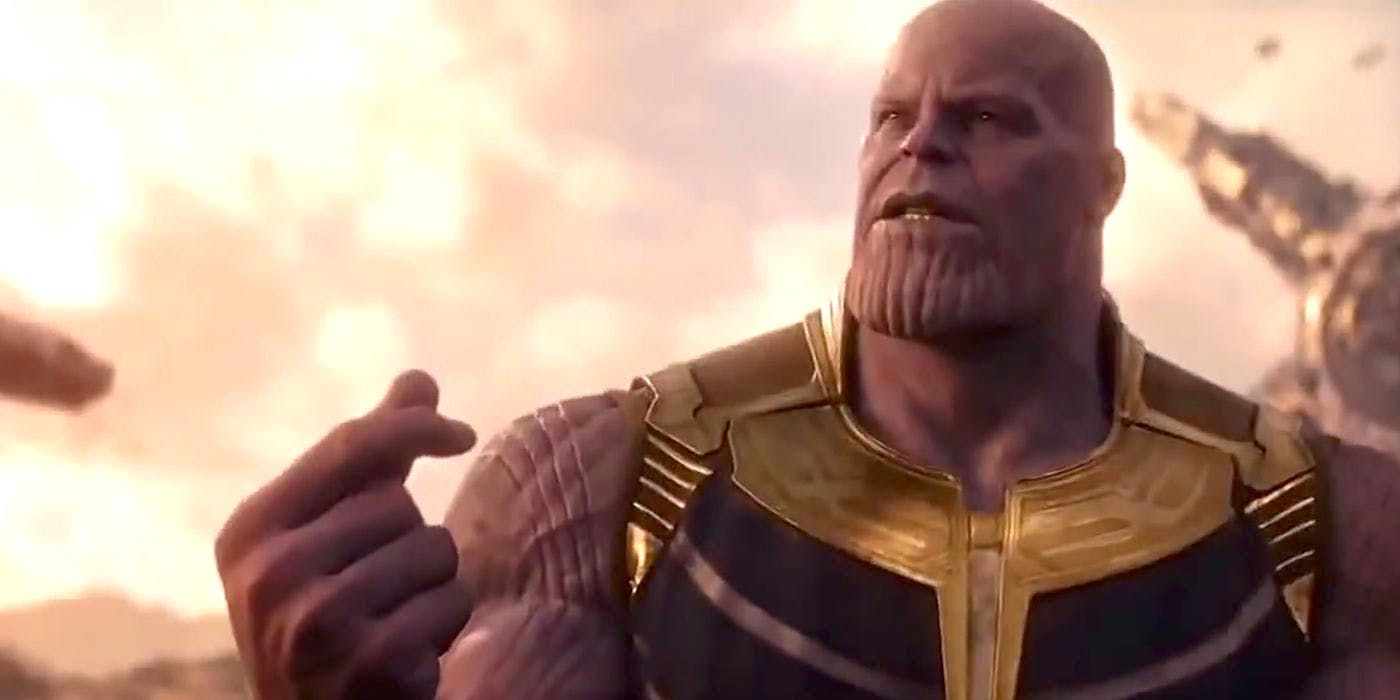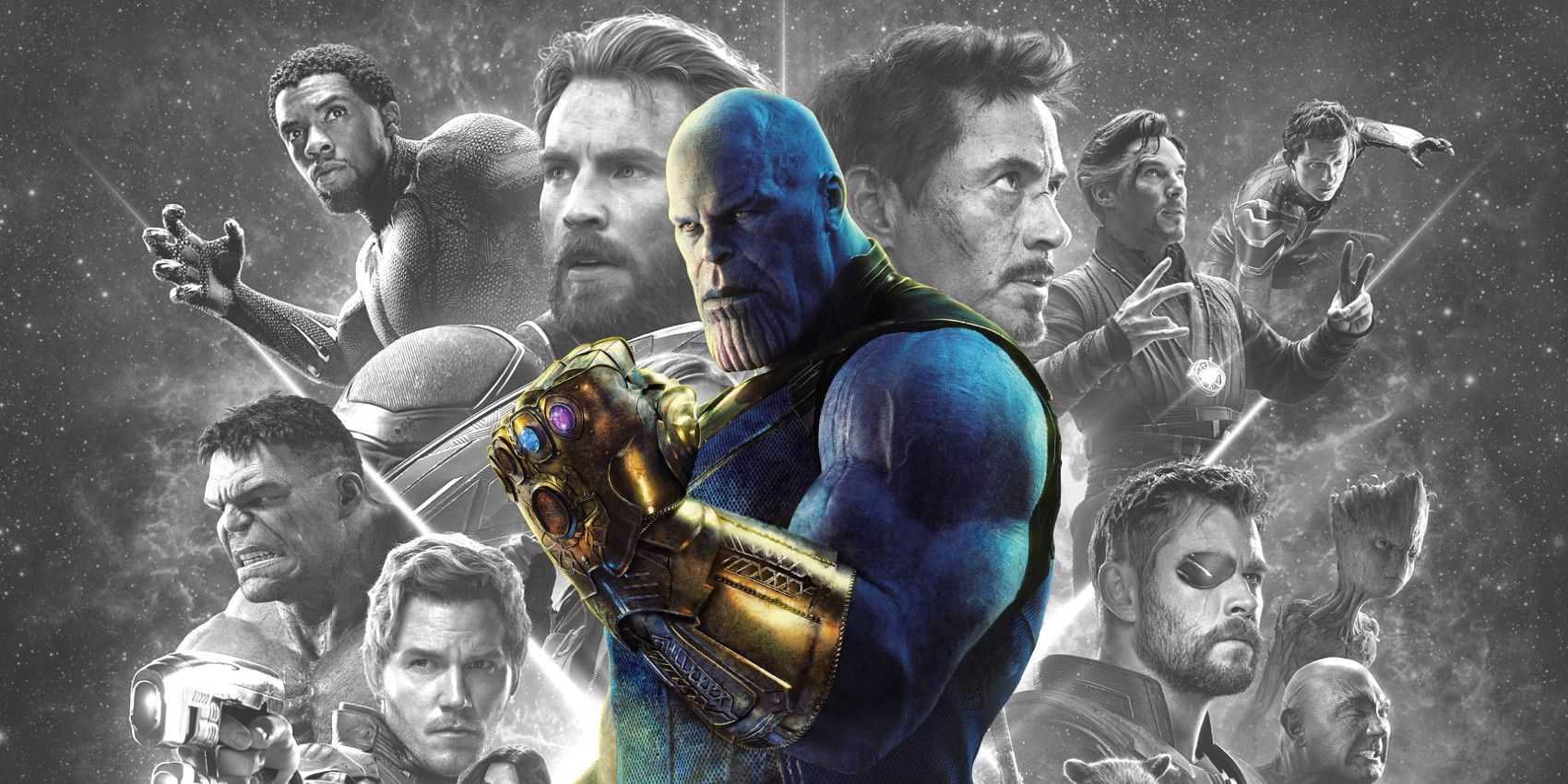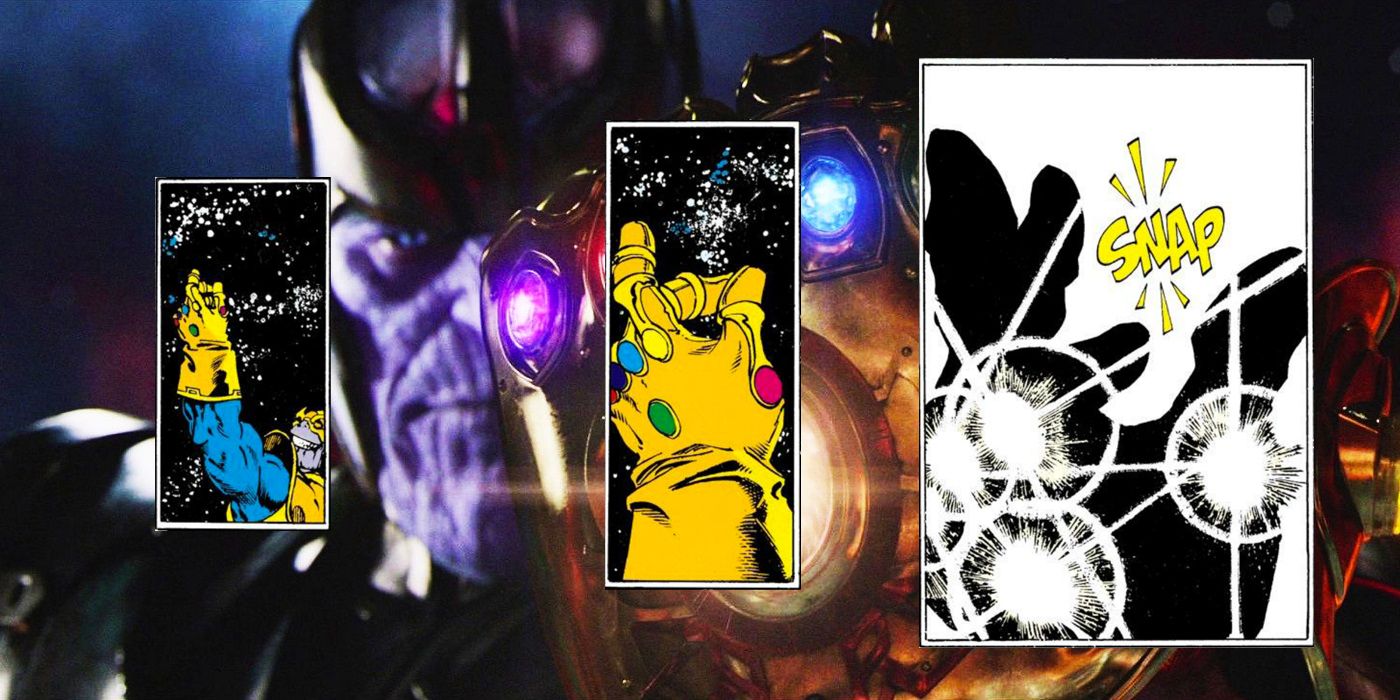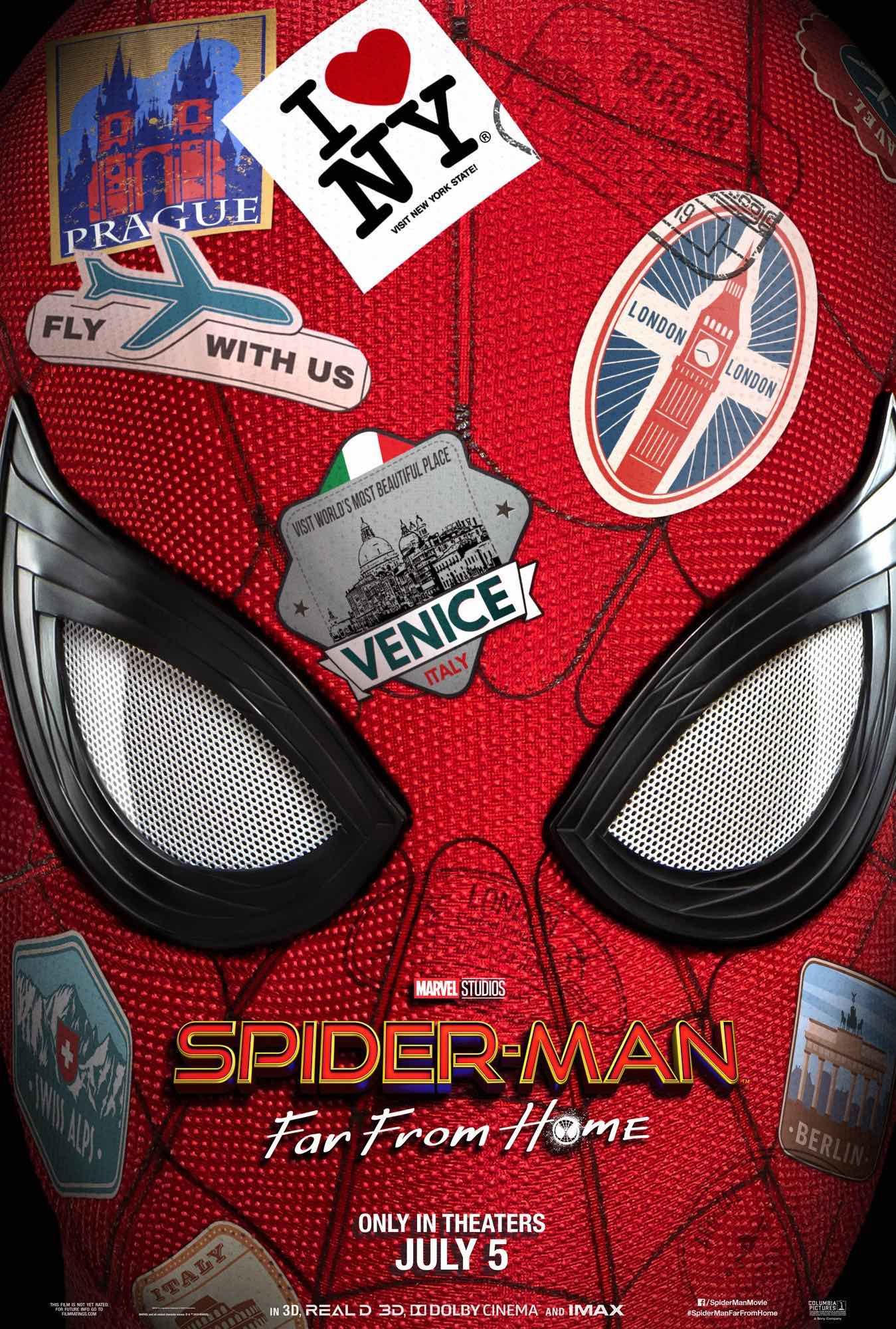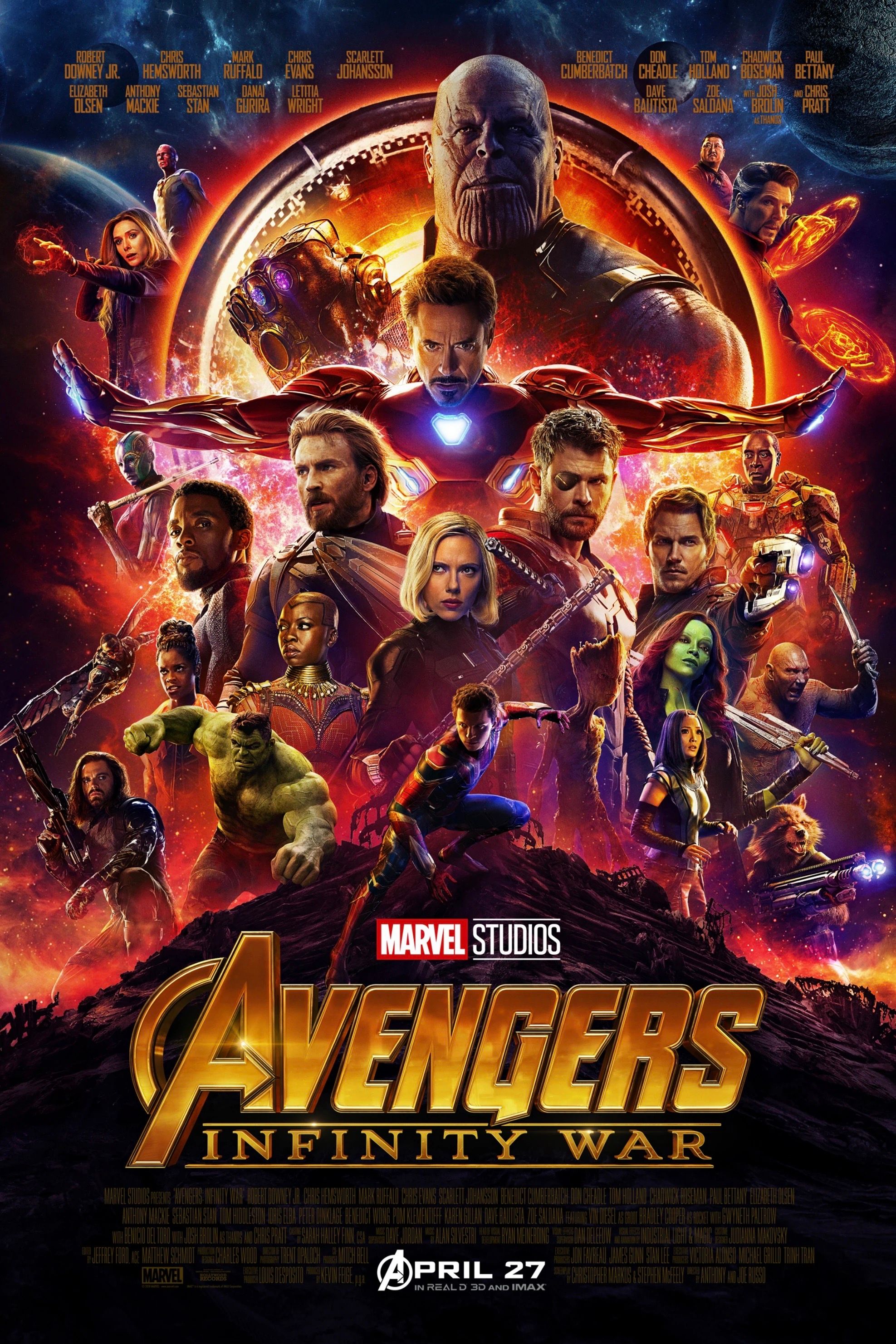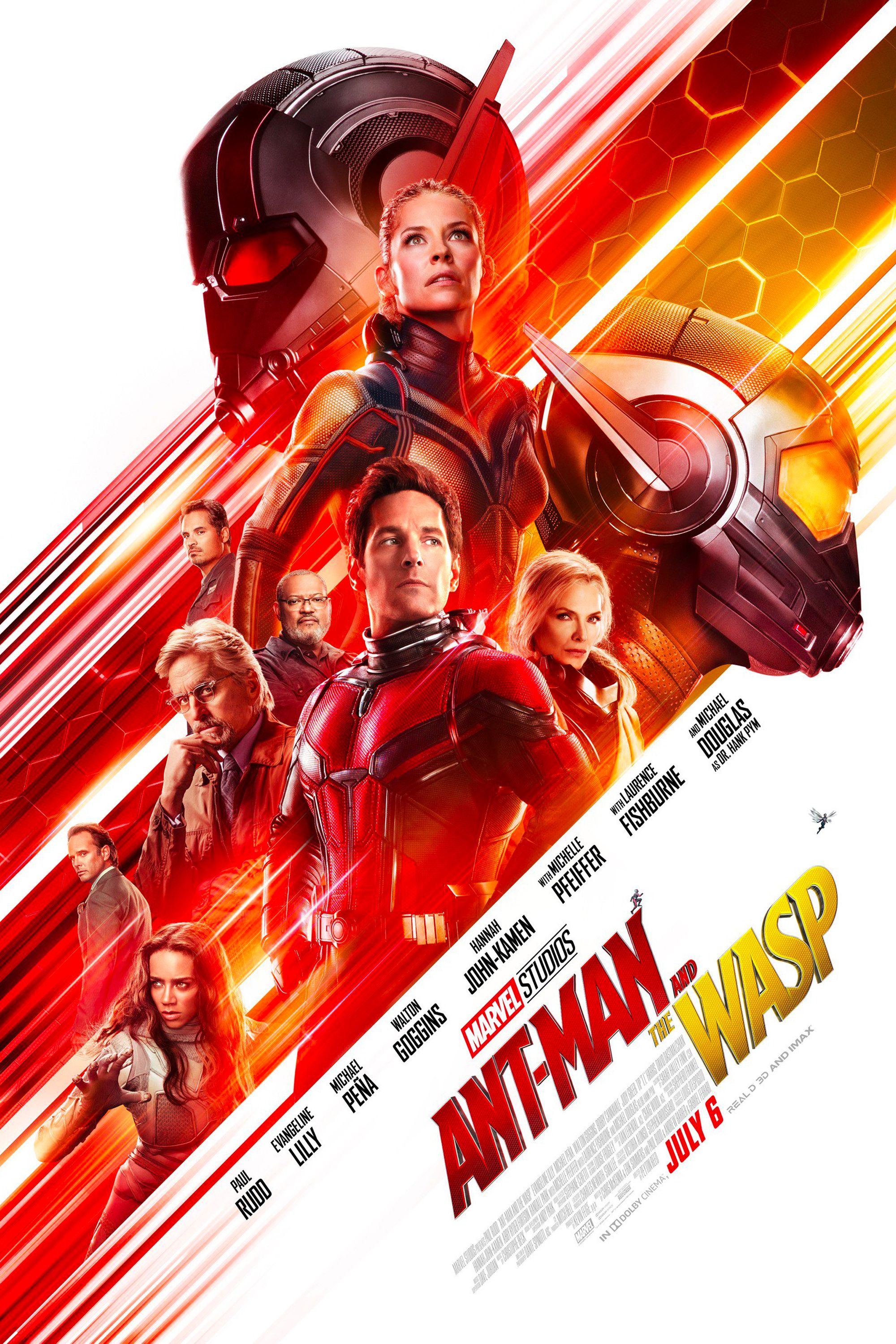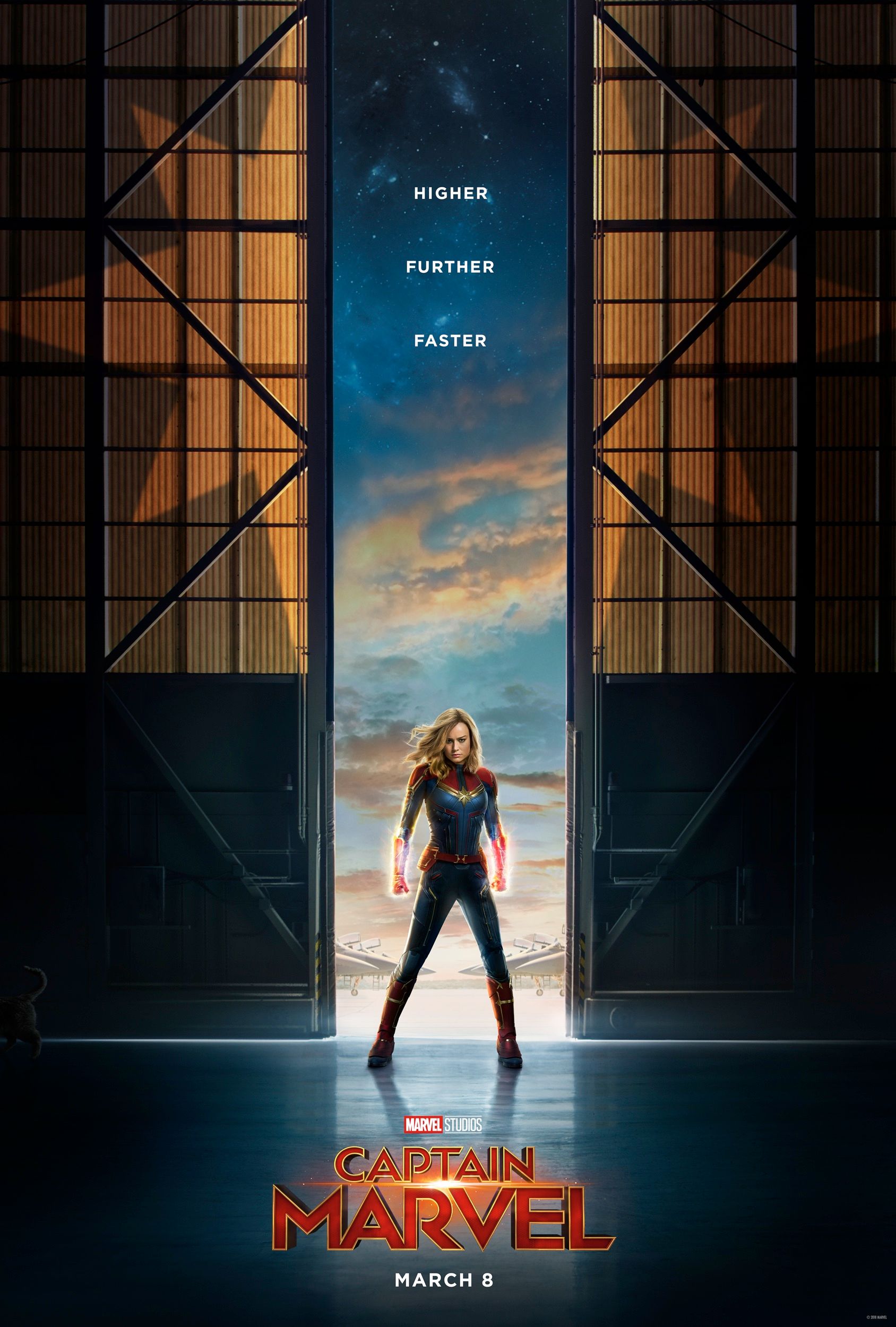The cliffhanger ending of Avengers: Infinity War will have been familiar to any readers of the comics, although, as much as it may have delighted fans, it's actually very different.Marvel's hugely popular movies always take inspiration from the comics - but it's a loose sort of inspiration, involving a lot of adaptation. While both films and comics are visual mediums, the reality is that they operate in very different ways. For one thing, comics are essentially "episodic," with each issue serving as a preface to the next. In contrast, while MCU movies may operate as part of a shared universe, they're also expected to stand as complete stories in their own right.
Related: Mark Ruffalo Spoiled Avengers: Infinity War's Ending A Year Ago
This also leads to changes in the source material, which can be seen clearly with Avengers: Infinity War, which ostensibly adapts Jim Starlin's Infinity Gauntlet miniseries from 1991; it likewise dealt with Earth's Mightiest Heroes trying to stop an Infinity Gauntlet-wielding Thanos. Crucially, it features the Mad Titan wiping out half the life in the universe with a snap of his fingers. But as similar as that may seem, it's actually a story of two snaps.
- This Page: Thanos' Motives Are Totally Different In Avengers: Infinity War
Thanos's Motives Have Changed
The core difference between the MCU story and Infinity Gauntlet is actually Thanos's role and motivations. In the comics, Thanos has an obsessive infatuation with Lady Death, a cosmic being who acts as a personification of death. He burns with a desperate desire to prove himself worthy to become her consort. Everything Thanos does is for Lady Death. That was why, in Infinity Gauntlet, he gathered together the Infinity Stones; he believed his mistress would find such unlimited power to be seductive. Goaded on by Mephisto, Thanos snapped his fingers and sacrificed half the life in the universe as an offering of love.
This contrasts sharply with the Thanos of the MCU. No lovesick lunatic, the MCU's Thanos is the ultimate Malthusian. He's a philosopher who actually believes he's fighting for life. In Thanos's twisted philosophy, population growth across the universe is outstripping the cosmos's natural resources. It's a scenario Thanos has seen play out before, on his homeworld of Titan, where explosive growth in population actually led to an extinction-led event. This version of Thanos believes he is the only one who can save life in the universe, and the only way to do it is by sharply cutting population numbers; he calls it "rebalancing the universe". The logic is insane, but it means Thanos truly sees himself as a hero. He doesn't believe he's cursing the universe; rather, he believes he's saving it.
It's crucial to understand this difference because this changed motive leads to a very different story. Infinity Gauntlet was the tale of a madman who had gained cosmic power and of a handful of heroes' desperate attempts to stop him. In a strange, disturbing way, Infinity War posits the villain as a hero in his own right.
Thanos' Snap Isn't A Cliffhanger In The Comics
The change in Thanos's motives has a massive impact in terms of the plot structure. In Infinity Gauntlet, Thanos is already in possession of the Gauntlet and all the Infinity Gems. He's been successful in his quest, and already has the powers of a capricious, vindictive god. He doesn't set out to destroy half the life in the universe; that's just something he does, a monstrous attempt to earn Lady Death's affection. As a result, Infinity Gauntlet doesn't signpost that this horrific event is about to happen. When Thanos snaps his fingers, it's shocking and - initially - barely explained. The scale of it all only becomes clear over the next few pages, as the comic explores different corners of the Marvel Universe, revealing the horror of Thanos's action. Far from a cliffhanger ending, there's a sense in which this is the inciting incident, the "call to arms" for the heroes.
Related: Marvel Movies You Must See To Properly Understand Infinity War
In Infinity War, however, the finger-snap is Thanos's explicit goal. As a result, the film's plot is essentially a twisted version of Campbell's "Hero's Journey," building up to a dramatic cliffhanger moment in which Thanos finally does the deed. The action is signposted and foreshadowed throughout the film, as the Mad Titan attempts to acquire the Infinity Stones. And it's actually possible to care for this version of Thanos, to have a disturbing sense of sympathy for him; he sacrifices so much in order, he believes, to save the universe.
They're very different portrayals. While both the comics and the MCU incorporate the idea of the finger snap, they set it against such a very different context, and as a result have it happen in a remarkably different way.
The Movies And Comics Kill Half The Universe In Very Different Ways
Finally, you have the actual erasure itself - as beings flicker out of existence across the universe. Jim Starlin's Infinity Gauntlet #1 actually devotes 12 pages to this. It starts with a ground-level superhero, Spider-Man, who is staring down at a busy street at the moment half the people there vanish. From there, Starlin's plot does a whistle-stop tour of the Marvel Universe, visiting Captain America, the Eternals of Titan, and even the companions of Adam Warlock. Almost half the first issue is devoted to this.
Contrast this with Infinity War, where the actual erasure only occupies the last few minutes of the film. The main body of the movie really only focuses in on the impact in Wakanda and on Titan, and we see a number of key superheroes dies. In terms of visual effects, it's actually far more satisfying than the concept in Infinity Gauntlet. The miniseries saw people fade out of existence, while the movie has a much more dramatic effect; their bodies seem to literally collapse into dust. It's beautifully done, evoking the old saying, "Ashes to ashes, dust to dust."
RELATED: The Many Unanswered Questions in Avengers: Infinity War
Ironically, it falls to Avengers: Infinity War's end-credits scene to explore the real impact on the rest of the world. This shows Nick Fury and Maria Hill, stunned and horrified as the world begins to crumble around them. Cars are crashing, suddenly driverless; people are screaming as their bodies fall apart; and a helicopter comes spinning out of the sky, crashing into the side of a building. Suddenly the disappearance of half the life in the universe feels real, grounded in everyday life in a way the Wakandan scenes weren't. This post-credits scene magnifies the shock and horror of it all, as the entire world reels in fear. In narrative terms, the stinger actually complements the main story (as well as setting up the return of Captain Marvel, of course).
Why Infinity Gauntlet And Infinity War Are Different
It's interesting to see the different approaches deployed by Jim Starlin and the Russo brothers. For Starlin, the first priority was grounding the tragedy in the everyday; he wanted readers to feel that this was happening in "the world outside their windows". As a result, the first hero he goes to is Spider-Man, who watches as crowded streets become half-empty.
In contrast, the Russo brothers mostly concern themselves with showing which superheroes die. They take a different approach to grounding the story, believing we'll care more if we watch characters we know and love fade from existence - including Spider-Man himself. Only in the post-credits scenes do they really give a sense that this horror is worldwide - and they don't actually explore any cosmic locations at all. How can they? Thanos either rules, or has already ravaged, all the alien races the MCU has visited before. Even Xandar has been destroyed.
-
As different as they are, both the Infinity Gauntlet miniseries and the Avengers: Infinity War event movie view this cosmic act as the first chapter in a story that will be continued. In Starlin's comic, it was the inciting incident for the rest of the miniseries. In the Russos' film, it set the scene for the as-yet-untitled Avengers 4, which will surely see Earth's Surviving Heroes strive to undo what Thanos has done.

